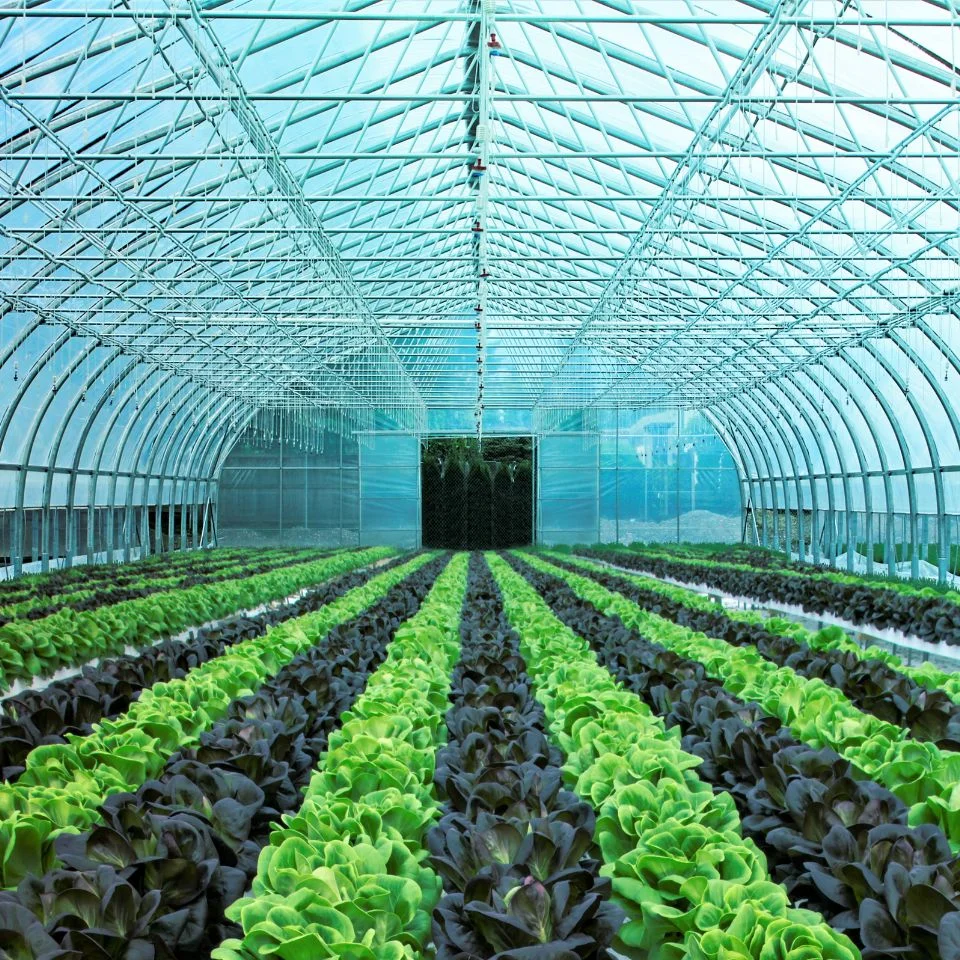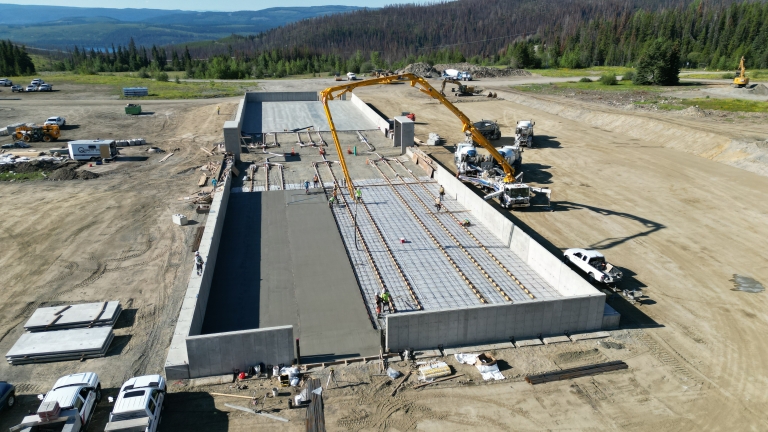Choosing the right size for a commercial greenhouse is crucial for success, especially when starting out. The size and type of your greenhouse affects your growing capacity, the types of plants you can cultivate, and overall efficiency. Various factors influence the ideal greenhouse size for different growers, such as space availability, budget, type of plants, and intended use. This article will guide you through these factors to help you choosing the best greenhouse size for your needs.
Factors to Consider
Available Space
The space you have available plays a significant role in determining the size of your greenhouse. If you have a large backyard or a dedicated plot of land, you have the flexibility to consider larger structures. Conversely, limited space may require a smaller greenhouse. Ensure you measure your available space accurately and account for any obstacles or landscape features.
Budget Constraints
Your budget will heavily influence your greenhouse size. Larger commercial greenhouses generally cost more due to higher material and construction expenses. Additionally, consider the ongoing costs, such as heating, cooling, and maintenance. Establishing a budget will help narrow down your options and ensure you don’t overspend.
Type of Plants
The type of plants you intend to grow can dictate the size of your greenhouse. For example:
- Vegetables: Require more space for each plant to grow effectively.
- Flowers: Can be grown more densely, allowing for smaller spaces.
- Exotic Plants: May need specific environmental controls, impacting the size and design of the greenhouse.
Intended Use
How you plan to use your greenhouse will also affect the size. Here are some common uses and their implications:
- Hobby Gardening: Smaller greenhouses are typically sufficient for personal use and experimentation.
- Commercial Growing: Larger greenhouses (25 feet wide or more) are essential for commercial operations, providing space for extensive plant cultivation and equipment.
- Local Market Gardening & Farming: Requires larger structures to support higher production volumes and diverse plant varieties.
Types of Greenhouses
Understanding the different types of greenhouses available can help you make an informed decision about the size and design that will work best for you. Whether you’re interested in a traditional glasshouse, a high-tech structure, or a more basic design, each type offers unique benefits and considerations.
Type of Greenhouse: Different types of greenhouses provide varying levels of control over the growing environment. For example, glass greenhouses offer excellent light transmission but may require more energy for climate control.
Crop Requirements: The type of crops you plan to grow will affect the greenhouse size and type you choose. Some crops may need more space and specific environmental conditions, which should be matched to the type of greenhouse you select.
Budget: Your budget will also influence your choice of greenhouse size and type. Understanding the costs associated with different types of greenhouses can help you make a decision that fits your financial plan.
Future Growth: Consider your long-term goals and potential for expansion. Choosing the right type of greenhouse and size now can accommodate future growth and changes in your agricultural business.
Common Greenhouse Sizes

Small Greenhouses (6 feet wide)
- Uses: Ideal for hobby gardeners and beginners.
- Advantages: Easy to manage, lower cost, and suitable for small spaces.
- Pros: Compact, affordable, and easy to heat.
- Cons: Limited growing space and less room for expansion.

Medium Greenhouses (8 to 10 feet wide)
- Uses: Suitable for serious hobbyists and small-scale growers.
- Advantages: More space for diverse plants, still relatively easy to manage.
- Pros: Increased growing capacity, more versatile.
- Cons: Higher cost than small greenhouses, requires more space.

Large Greenhouses (Beyond 25 feet wide)
- Uses: Perfect for commercial growers and local market gardeners.
- Advantages: Vast growing area, supports large-scale production.
- Pros: High production capacity, efficient for commercial use, potential for advanced climate control.
Step-by-Step Guide to Choosing the Right Size
- Measure Available Space: Accurately measure the area where you plan to install your greenhouse, considering any obstacles.
- Estimate Plant Capacity: Determine the number and type of plants you intend to grow to gauge the space required.
- Consider Future Expansion: Plan for potential growth in your gardening activities or commercial operations.
- Set a Budget: Establish a budget that covers the initial cost and ongoing expenses.
- Evaluate Controlled Environment Agriculture (CEA) Needs: Larger greenhouses may require advanced greenhouse equipment such as heating, cooling, and ventilation systems.
Market Gardener Institute Course
For those looking to master greenhouse production, we highly recommend the Market Gardener Institute’s course on Mastering Greenhouse Production. This comprehensive course, created in collaboration with our team, offers in-depth knowledge and practical skills for optimizing your greenhouse operations. Whether you’re a beginner or an experienced grower, this course provides valuable insights into efficient production methods, climate control, and maximizing yield.
Choosing the right greenhouse size is a vital step for any grower. By considering factors such as available space, budget, type of plants, and intended use, you can determine the ideal size for your needs. Remember to measure accurately, plan for future expansion, and set a realistic budget. For personalized advice or to explore more resources, feel free to contact our company.
Happy growing!


